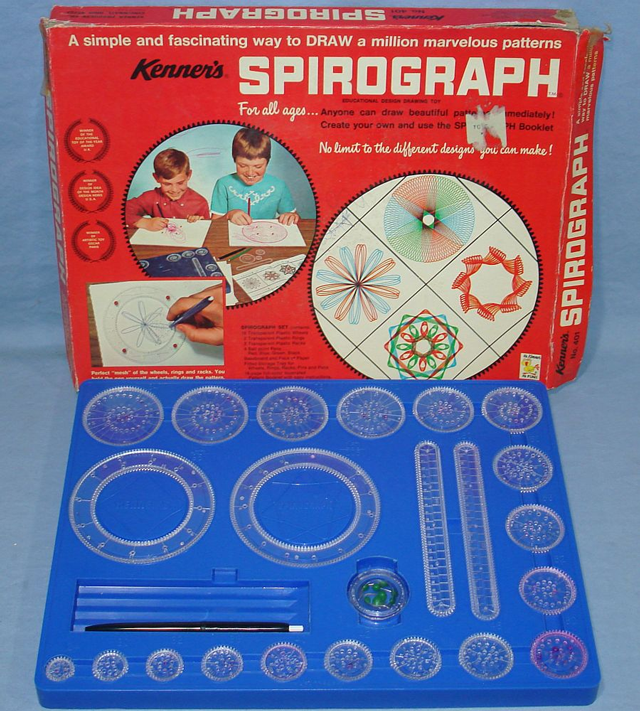On a designer embracing the fine arts.

I hate it when people call me an artist instead of a designer. But maybe I shouldn’t. Because art + technology, art + engineering, art + science, art + design are what lead to disruptive innovation.
I often view art as perplexing and navel-gazing, wondering in vain what its purpose is. For me, function is as important as form, and practicality supercedes playful exploration. But this is something I’d like to change about myself, something I want to explore. Something I need to explore. Jeanette Winterson in this article on the Guardian, explains why one must:
Art is a different value system. Like God, it fails us continually. Like God, we have legitimate doubts about its existence but, like God, art leaves us with footprints of beauty. We sense there is more to life than the material world can provide, and art is a clue, an intimation, at its best, a transformation. We don’t need to believe in it, but we can experience it. The experience suggests that the monolith of corporate culture is only a partial reality. This is important information, and art provides it.
When you take time to read a book or listen to music or look at a picture, the first thing you are doing is turning your attention inwards. The outside world, with all of its demands, has to wait. As you withdraw your energy from the world, the artwork begins to reach you with energies of its own. The creativity and concentration put into the making of the artwork begin to cross-current into you. This is not simply about being recharged, as in a good night’s sleep or a holiday, it is about being charged at a completely different voltage.
and
Art’s counterculture, however diverse, holds in plain sight what the material world denies – love and imagination. Art is made out of both: a passionate, reckless love of the work in its own right, as though nothing else exists, and an imaginative force that creates something new out of disparate material. Art’s experiments are not funded by huge state programmes, venture capital, or junk bonds; they are done when someone picks up a pen or a brush, or sits down at the piano, or takes a piece of clay and changes it for ever. A money culture wants the figures, the bottom line, the sales, the response, it wants a return on its investment, it wants more money.
Art can offer no obvious return. Its rate of exchange is energy for energy, intensity for intensity. The time you spend on art is the time it spends with you; there are no shortcuts, no crash courses, no fast tracks. Only the experience. Art can’t change your life; it is not a diet programme or the latest guru – it offers no quick fixes. What art can do is prompt in us authentic desire. By that I mean it can waken us to truths about ourselves and our lives; truths that normally lie suffocated under the pressure of the 24-hour emergency zone called real life. Art can bring us back to consciousness, sometimes quietly, sometimes dramatically, but the responsibility to act on what we find is ours.
Kelly Dobson, head of digital media at RISD, sits right on the cusp of art, the humanities, engineering, and technology. Her work is disruptive, thought-provoking, and revolutionary. I want to be more like her.
I went to a lecture she gave tonight at MICA and it made me think of this criticism of the Microsoft concept video released last week (incidentally, the criticism of which I think is somewhat valid but mean and unfair, considering that Microsoft is simultaneously facilitating truly innovative NUIs via its Kinect platform).
Anyway, how might any of these tactile, physical interfaces that Dobson explores exist in the future of office productivity? I wonder….